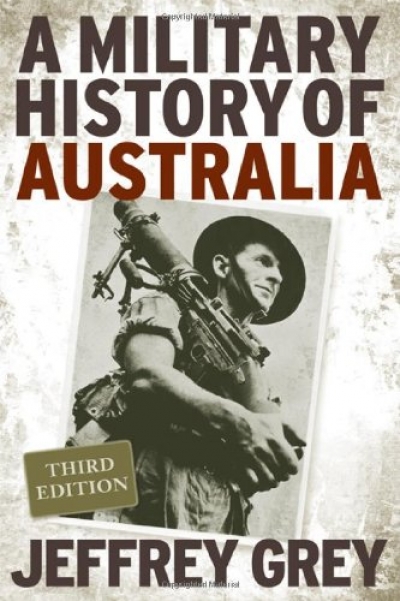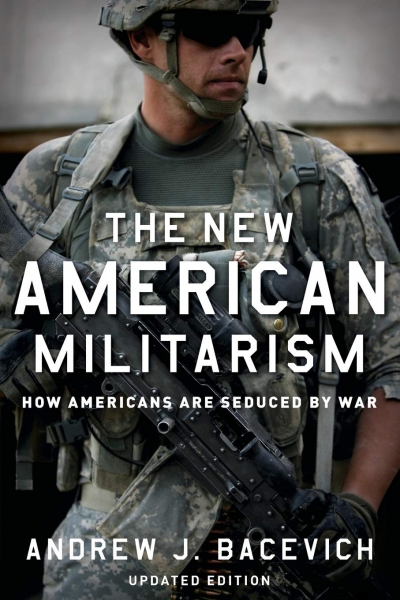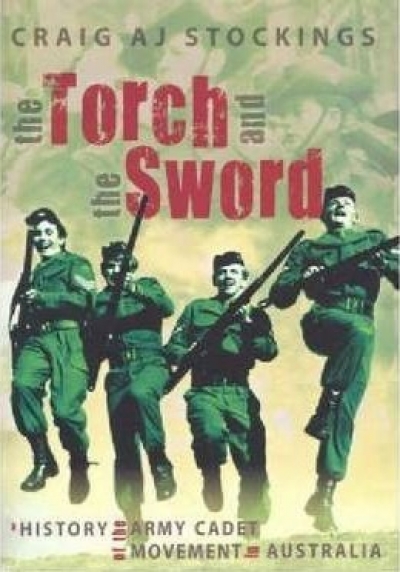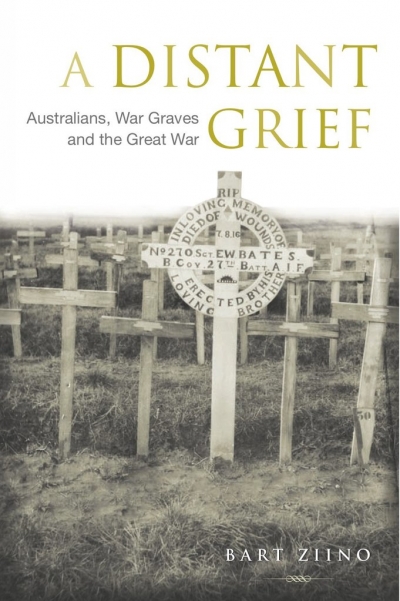Military History
The Collins Class Submarine Story: Steel, spies and spin by Peter Yule and Derek Woolner
by Tom Frame •
Castles, Battles & Bombs: How economics explains military history by Jurgen Brauer and Hubert van Tuyll
by Geoffrey Blainey •
A Military History of Australia by Jeffrey Grey & Duty First by David Horner and Jean Bou
by Peter Edwards •
The USS Flier: Death and survival on a world war II submarine by Michael Sturma
by Tom Frame •
The New American Militarism by Andrew J. Bacevich & Unintended Consequences by Kenneth J. Hagan and Ian J. Bickerton
by Richard Broinowski •
The Torch and the Sword: A history of the army cadet movement in Australia by Craig A.J. Stockings
by Gillian Dooley •
A Distant Grief: Australians, war graves and the Great War by Bart Ziino
by Ken Inglis •
General Peter Cosgrove by Peter Cosgrove & Cosgrove by Patrick Lindsay
by Brian Matthews •










